Beirut is a city full of contrasts. Not only because of its cultural diversity and political instability, but also in terms of architecture and urban planning because there are economic and historical influences that are responsible for how contemporary Beirut is and they help to keep discussions between planners, architects, politicians and citizens. It seems especially that there are different opinions on how to raise the cultural heritage in terms of restoration, rescheduling, or simply use demolition.
When images of the post-war are seen in Beirut, many damaged buildings, ruins of war and deserted streets are appreciated. Now after more than two decades of planning, development and reconstruction, Beirut still has buildings that recall those dark years surrounded by new buildings in this new period of development.
During the last years the efforts and resources that have been launched to rebuild the city center have been enormous. It is known as the Paris of the Middle East. Before the war, Beirut was the only city in the region that offered a wide spectrum of services and resources such as banking services, educational excellence and medical facilities and entertainment. During its golden age Lebanon attracted over 1.5 million visitors a year. Visitors come to see the archaeological heritage and a unique experience of urban leisure, Mediterranean attractions and mountain resorts. Today Lebanon is working hard to promote its assets and regain its strength as regional hub that receives leisure and business investment.
The Lebanon War that occurred between 1975 and 1990 left more than 150,000 dead and 200,000 wounded people. A quarter of the previous population was forced to emigrate and left the country in ruins, both buildings of the capital and major infrastructures. Urban warfare was the main feature of military operations in Lebanon. In this type of war, the struggle takes place in the streets and alleys, and moves from house to house, causing enormous human suffering. One early example was the famous “Battle of hotels“, when several militias are positioned in the high-rise hotels facing the sea that rose on the adjacent Muslim and Christian neighborhoods.
In the years of war, Beirut was divided along ideological and religious lines leading a new mental map of the city. The city was renamed East Beirut and West Beirut and it was divided by the Green Line, a demarcation extending from Martyrs’ Square in the historic center along the Avenue of Damascus to the south of the city. The Christian forces took control of East Beirut, while Muslim and Palestinian militias took charge of West Beirut.
As a result, they were segregated previously mixed areas and most of the Muslim population in the eastern sector was expelled, while Christians in West Beirut were replaced by the Shiites of southern Lebanon and the Bekaa Valley.
The Central District and areas flanking the demarcation line that once was commonplace for all Beirutis, became the main combat zone. And as a direct consequence sub-centers self developed in different parts of the city were created, which blocks civic interaction across Beirut.
These unplanned and uncontrolled developments were the direct result of anarchy in wartime. Today, there is a major challenge to the postwar planning aimed at reconnecting the city. The end of the war brought a physical opening of the city, but the line of demarcation was deeply rooted in the minds of Beirutis.
Beyond the enormous amount of physical destruction, there were many obstacles in the way of reconstruction, including the collapse of the Lebanese administration. By law the Beirut City Council gave the authority to create real estate companies to accelerate reconstruction in areas damaged by war.Companies would be responsible for preparing the ground for the final sale and implementation of the urban plan.
Rafiq Hariri, prime minister and billionaire, created the Lebanese Company for the Development and Reconstruction of Beirut Central District (Solidere) and became one of its largest shareholders. And in compensation to displaced residents they were granted shares in the corporation, which led to many protests because the social fabric of the area was fulminated.
The clash between the guardians of cultural heritage and promoters of Solidere has marked all the reconstruction of Beirut, as entire sections of the central district were demolished and not always was possible to preserve historical monuments.
It is currently emphasizing the historical recognition to maintain the alignment of the original streets, but the reconstruction master plan still leaves some gaps by not specifying urban uses of new construction since the reactivation of the Central District was launched by the private sector and markets respond to economic, not social needs, which is seen in Beirut as a phenomenon of dubaization similar to other cities of the Middle East.
The reconstruction has to link with the goals of sustainable development and the involvement of civil society.
It focuses on architecture and design sets, although the challenge remains to create an inclusive urban fabric. The city center was once the Lebanese melting pot where people from all backgrounds developed their life. The Central District has become again in the public and social center of the country, plural and respectful of ethnicity, religion and socioeconomic status of its citizens and connecting this district with all adjacent areas.
Beirut urban identity has not been treated so far. The logo of Beirut is really tied to the Lebanese state. Lebanese flag with red stripes and cedar tree are clearly represented, although this one instead of being in the central area is crowning the logo and replaced by a Phoenician ship, reminiscent of the glorious of the first residents of this city and a door to the World.
Beirut needs a proposal examples of branding to finish forging three key areas in its socio-urban development:
- End up pacifying the capital of the country is essential for Lebanon to continue living in peace for the next decades, a prime example is to get that space of coexistence between Muslims, Christians and Druze in Beirut.
- Sustainable development to create a city. Beirut rebuilds raising foundations of the past, but with a future projection in the XXI century. It has to keep in mind the citizens, their quality of life and integrate abandoned war zones as genuine lungs in a city more livable.
- Back at the forefront of Middle East. The secular capital of the Arab world that always looked open, cosmopolitan and even influenced by Paris, has to return to give a message to the world of progress, culture and respect.
There is still much to work and after short periods of peace, Lebanon and Beirut have been drowned in the responsibility to meet the Syrian and Palestinian exodus, but with a good integration they are positive points in the social development.
The city branding of Beirut will be successful when the postcards from the past are only inspiration of the present and not the memory of better moments of other times. For this, the international community, the Arab League, the European Union and consequently neighboring Israel and Syria have to let it grow in peace.
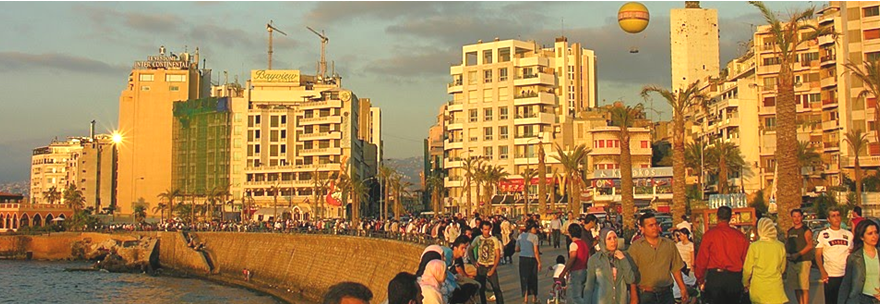
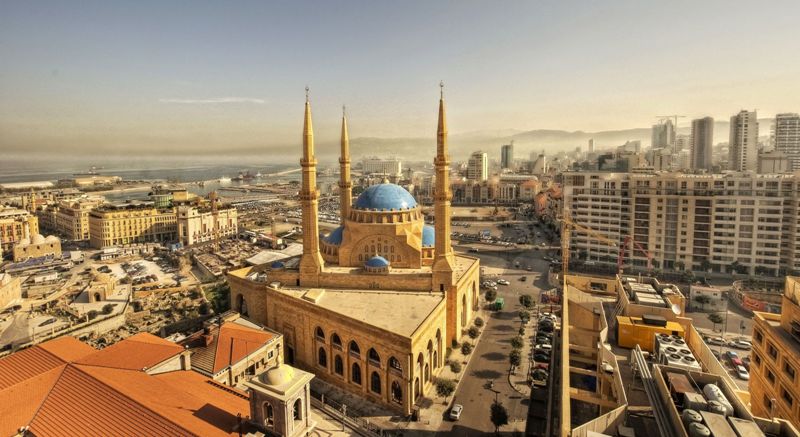
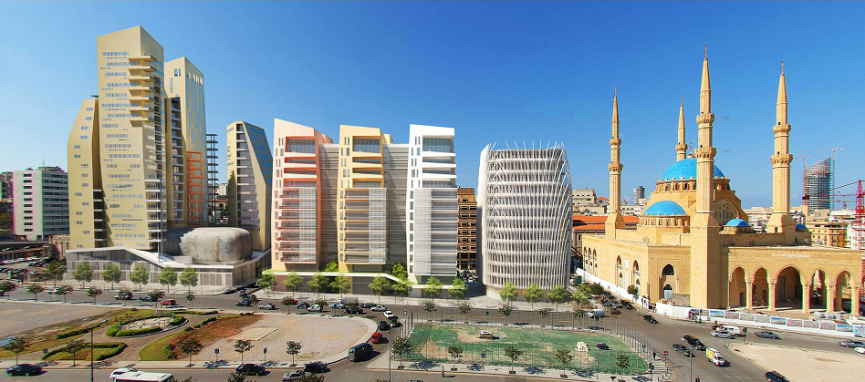
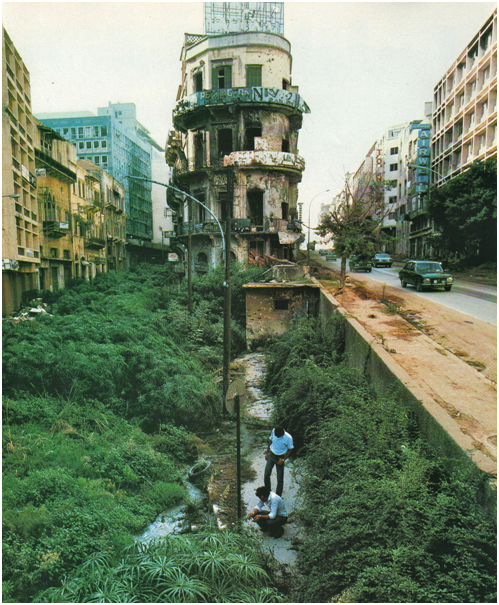
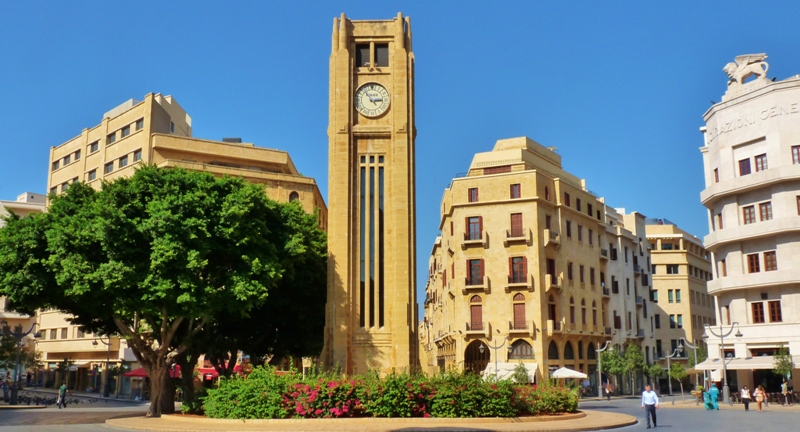
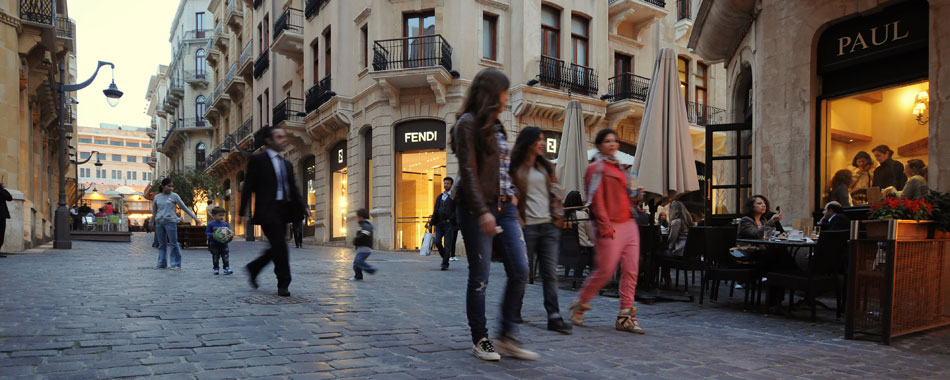
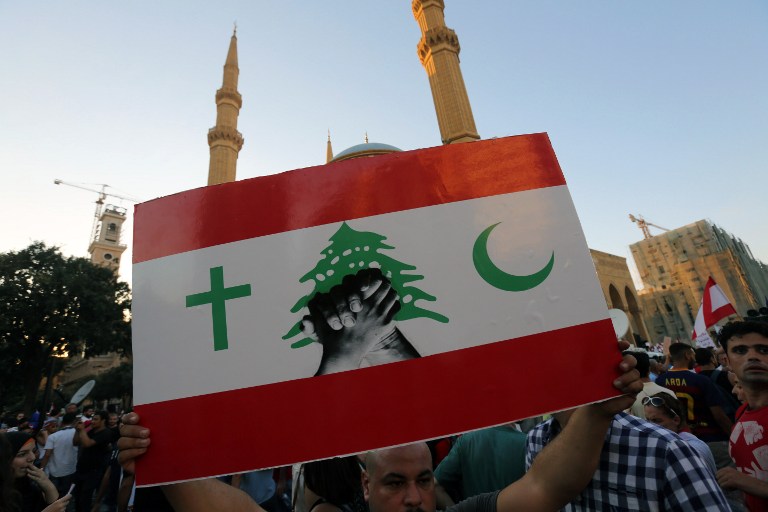
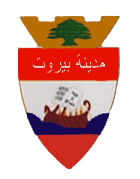
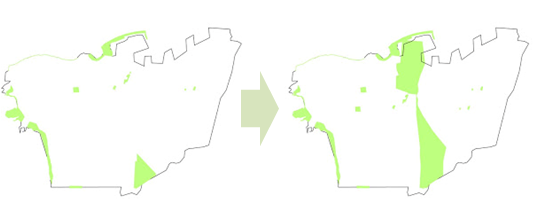
COMMENTS